Climbing Hard on a Full Time Job
Wouldn’t we all like to have a lifestyle where we can give up our day jobs and just get to climb whenever we want, but somehow still make money? We’re pretty sure that is what the majority of climbers would aspire to, but actually even many “pros” have some kind of part-time job, so the time element of climbing and training is problematic for most of us. On the more “time poor” end, we could look at those of us who have 40+ hour work weeks, kids, a partner who also works full-time, and then do DIY on top of that… Then we’re into a whole other world of time management challenges!
“The vast majority of us somehow juggle their way through the struggles of how to live, climb and train, with a few bumps along the way.”
Many of us (I’m completely guilty of this) can get into the habit of thinking that everyone around them has more time than they do, or that their life is more complicated. But rest assured, most of the climbers I’ve worked with over the years have not had it easy. Sure, there are some fortunate ones who successfully manage their work-climb-life balance, but the vast majority somehow juggle their way through the struggles of how to live, climb and train with a few bumps along the way.
I’ve loved analysing how these climbers balance everything, and also help them to achieve their goals despite the conflicts of time. So the question is, if I take the average climber who works 40 hours a week, how do they manage their time? And what do we do together as a coach and climber to maximise this? How do I get them to take the lead on managing these complexities with intelligent structuring and a few tricks? Is this even possible if you’re not a professional with huge amounts of time?
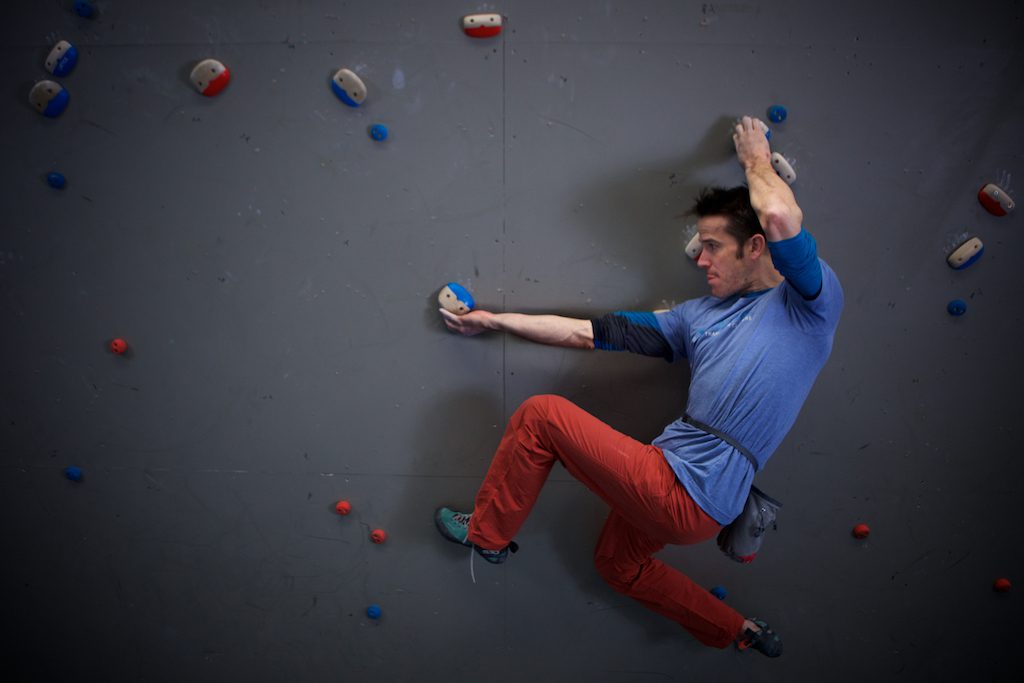
In elite level training, structure is often built around energy systems and strength & conditioning cycles, year long (sometimes multi-annual!) periodisation, and long, intensity-dense training build-ups that may last for months or even years. The training volume may be up to 4-8 hours per day, often split by a long break of 2-6 hours. It may also cover hours of lower intensity rehab or prehab work. All of this is very different to what most of us are able to do.
The funny thing is, elite athletes have actually taught us all a lot of lessons on what does and doesn’t work, and the priority in which we may structure our own limited time. It’s just a case of reading between the lines and spotting some of the subtle behaviours which can be very useful indeed!
Not All Training Sessions are Equal
Ok, so this one is a big one! If you watch an elite athlete train throughout the week and hone down on the habits of how each day is carried out, you’ll see certain training sessions are adhered to with almost complete dedication and others are done almost as a second or third choice and even, dare I say it, only when reminded by the athlete’s coach.
“Overall, never forget those sessions that really affect your performance deep down.”
Of the most important sessions that I’ve seen the elite carry out over the last decade or so, then sport-specific strength work and high intensity interval training are right at the top of the list. What I mean by “sport-specific” sessions are things like fingerboarding or short bouldering, and these are the polar opposite to less specific items like deadlifting and bicep curls. If you asked any of these athletes whether they’d be ok with dropping their FB sessions or boulders for a month or so when they’re busy, they’d say “hell no!” as they know the value of those sessions. Likewise, the high intensity intervals allow the top athletes to access the very highest “quality” work in their sessions and when you’re eventually bashing up against the phenomenon of decreasing returns on training investment, it’s absolutely key to hit the quality element. If you have to drop something, then typically the low-to-mid quality work can be the first to go – be aware, this gets really complicated if you’re an endurance route climber though!
Overall, never forget those sessions that really affect your performance deep down. Sure, it’s easier to do some weights when you’re time-strapped, but two hours of FB/boulder a week are much more effective than two hours of weights a week in the long run. You can “hack” your training in the weights gym by being clever for a short period, but don’t expect it to pay dividends in the long run.
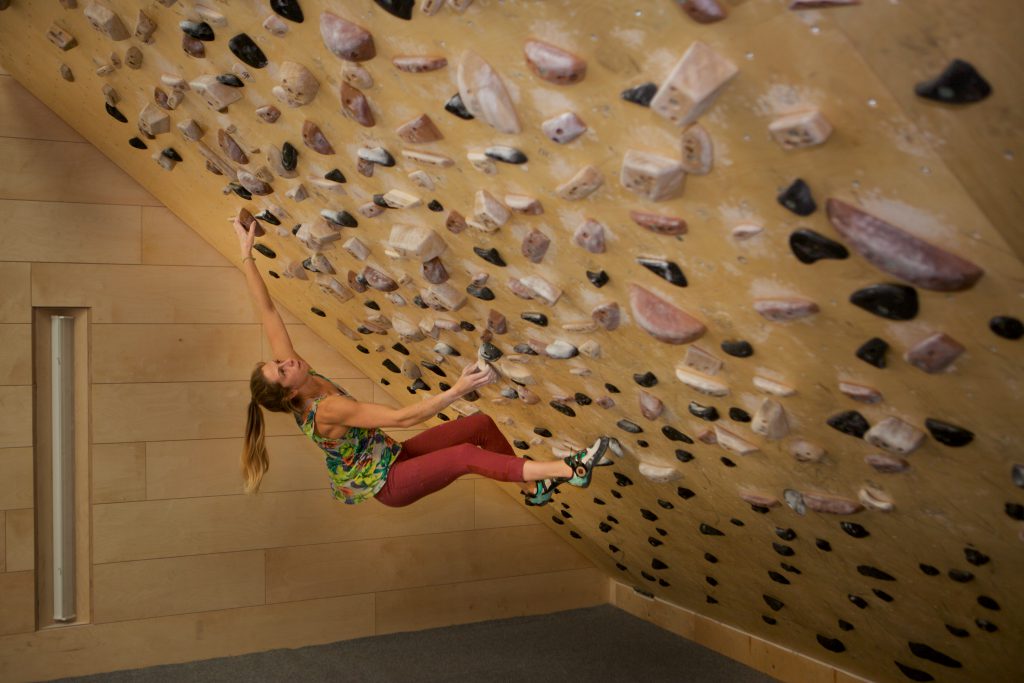
Start at the Goal
When time and resources are at a minimum, it makes sense to work backward. What do I mean by this? If you start at the goal (for example a sport trip in 8 weeks time) you have a defined date and timeframe that will objectively determine your training methods. Let’s take your hypothetical goal date of 1st Feb and see that you only have 8 weeks to train – everything must be catered for 8 weeks – no more, no less! As much that it sounds obvious, I’ve seen way too many people build training cycles to fit into 8 weeks, which really would work for 16 weeks or more…. Be realistic.
“Once you accept your true limitations, you can balance and prioritise the key training components in the defined time.”
How much free time do you have and how long do you have to achieve the results? If you’re typically accustomed to 16-20 week preparation cycles, it could be a daunting task for your body to squeeze training into only 8 weeks. Your mind will be built around what’s achievable in 16-20 weeks (we tend to default to historical patterns) but your body will not comply if you push it too far, too hard! Once you accept your true limitations, you can balance and prioritise the key training components in the defined time. From there, you simply do the best that you can, no more.
Work back from your goal’s demands (physical, technical and psychological), then plan the volume of endurance needed, how strong you need to be, what technical skills you need and also how refined your psychological game needs to be. Only then, can training be balanced with adequate rest and recovery. For sure, it’ll be a less than ideal situation, but this is your chance for a balanced, sustainable and achievable plan.
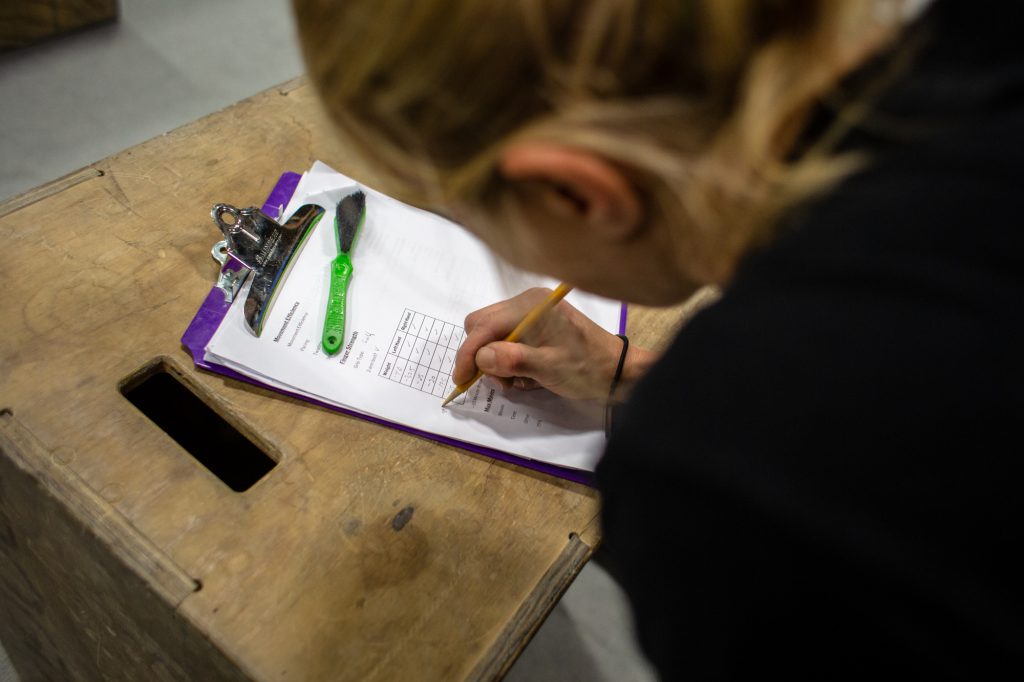
Movement Economy
How often do you watch a professional climber at the wall grind out hours of movement on the wall with poor footwork, low levels of momentum or spend all of their time training on just the Moonboard? I do understand that system boards are great uses of time (I’ve designed one after all!) and that sloppy footwork doesn’t seem to matter if we’re just cranking in the mileage, but you’ve got to be careful how you treat these things.
If time and training resource is limited, it is so crucial to have a high degree of movement economy. You want to be efficient on the wall, to get every drop of force created in your lower and upper body to transfer you upwards! For route climbers, the focus should be on movement pace and consistent flow of body mass whatever the style or angle of terrain. For boulderers, you want to perform more climbing that stresses both the force and momentum generation/carry in both the lower and upper body – that ability to explosively and maximally generate and control strength during hard moves. I’ve seen loads of climbers who are insanely strong on a finger board but can barely execute moves on boulders that much weaker climbers cruise…
“Strength is still a strength, but you’ve got to be able to use it! “
With climbers who have limited time and resource for training, then this efficiency focus allows you to extract maximum economy out of your climbing. Expressed in a different way, is to think about how poor it’d be to take a climber who’d love to train ten hours a week, you give them only four hours and then they take the option of just fingerboarding and going to the gym at work at lunchtime, filling 100% of their time with low climbing-movement items. Yes, it’s efficient on your time, but finding just a single hour out of that four to do some quality movement will pay back hugely!
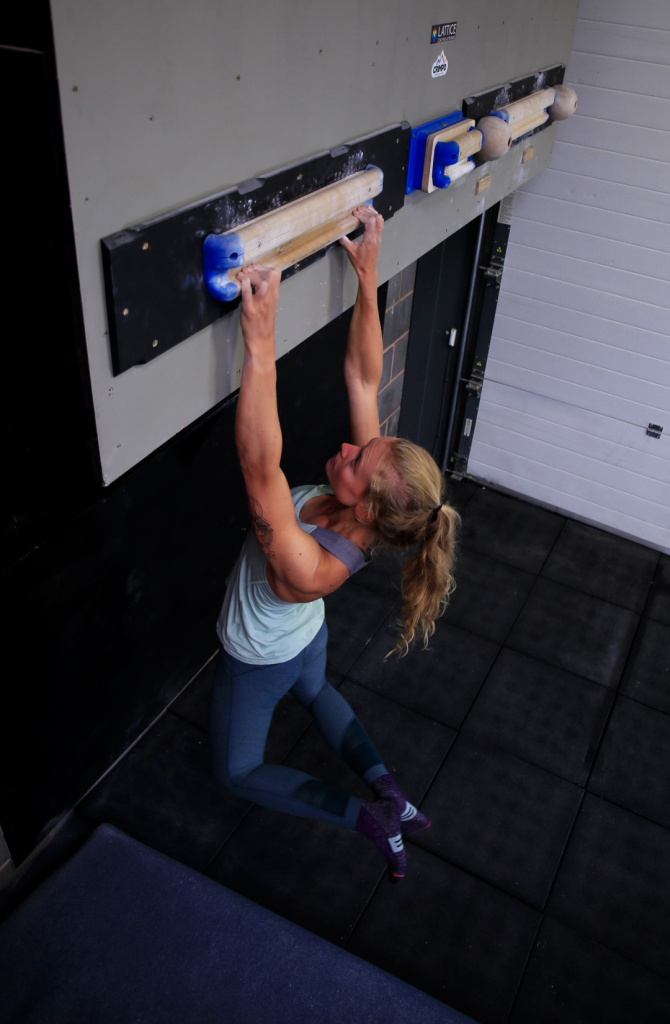
Questions Raised
I can train 2 evenings during the week, but I want to know if training or fun climbing at the weekend is a better use of my time?
This dilemma is an extremely common one and also a fairly complex one to solve with any certainty! In my opinion, one of the key things to grasp in this scenario is whether the limiting factor in your climbing is a technical one or a physical one. This is because the weekend activity time that you complete can have a technical or physical focus, so the power is in your hands.
If you’re a climber who’s actually pretty strong or fit for the grade, and people around you are regularly telling you that they’d love to be as physically well trained as you, then the likelihood is that much more emphasis on fun, unstructured climbing (particularly outside) will have greater benefits. On the other hand, if you’re flexible, a good mover, work crux sequences out quickly, yet always struggle on having enough strength or fitness then there’s a good chance that putting in some extra training at the weekend might be of great benefit for at least a portion of the year.
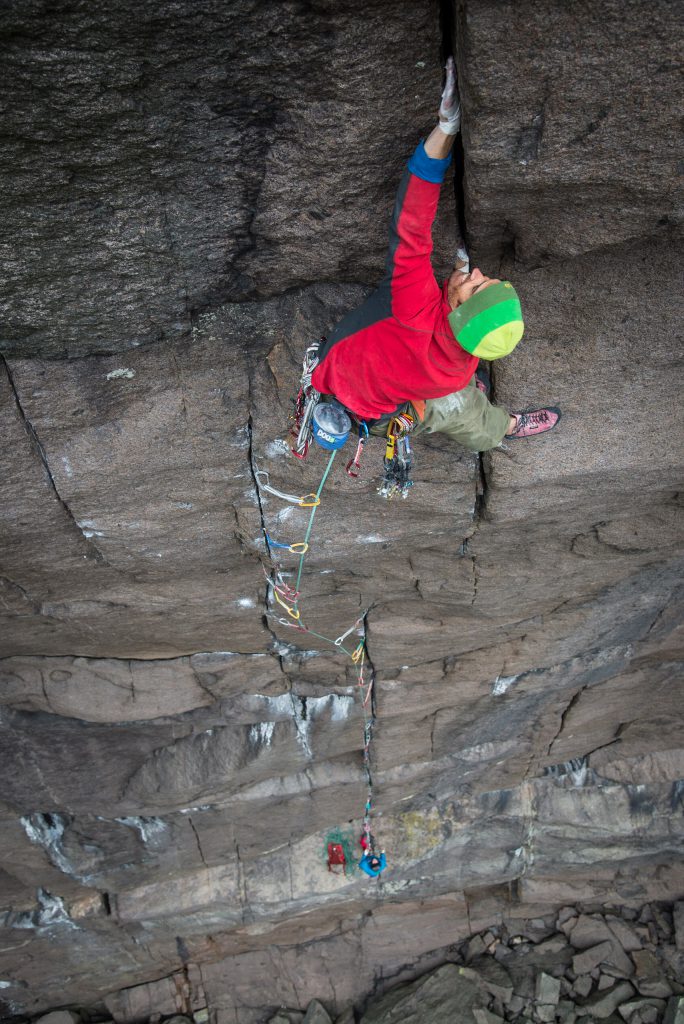
My work schedule is constantly changing through the year so my energy levels fluctuate hugely – what can I do?
The effect of work and general life stress is something that goes on to affect what we term “allostatic training load” during the year. Most climbers find it hard to be objective or realistic about how much this load might well be affecting performance, training or recovery!
If your allostatic load is changing constantly throughout the year there’s two things to look at initially. One, is that you’re accurately tracking and marking down how this factor is changing during the weeks and months – without an objective record of it, it’s very hard to actually work out what’s going on and how much it’s affecting you!
The other thing to think about, is how much your current training cycle is pushing your historic physical limits. If you’re genuinely pushing into higher highs with your training and your body is achieving standards never experienced before, you might need to be more realistic about that allostatic load! It’s not to say that you can’t progress with a hectic lifestyle, but you do need to be highly realistic about how much you’re taking on. If your energy levels are fluctuating constantly, drop those expectations back into the “highly realistic” zone and you’ll be more motivated and also more likely to hit training targets.
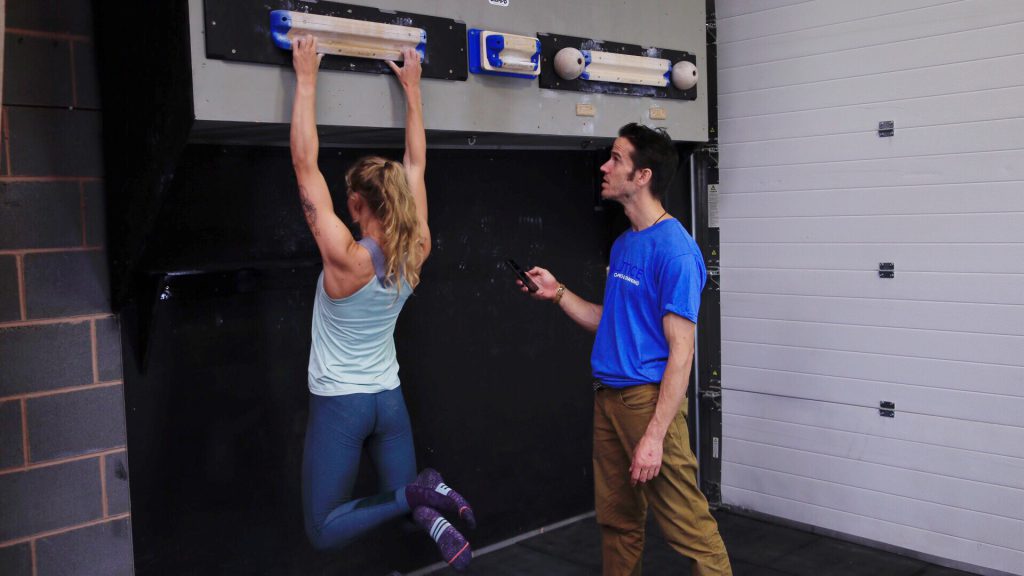
Let us know in the comments below if you have any questions for Tom and the team about training on a full-time job!






It was really useful, sometimes I get stressed because in the moments I have to train I don’t make the most of it due to lack of energy. Really thanks for share
Love this! Thank you for sharing such an insightful article!
This was useful. As a routesetter I’d really appreciate an article about how to deal with training and this kind of work.
I have a home climbing wall but I still struggle to find time to train. I work in manual labor and my job involves a lot of crawling and climb in and out of tanks of ships. So after a 10 hour work day, sometimes 12, I’m burned out physically. Not to mention sometimes I get injured at work. It’s hard and there’s a lot of things to be aware of: 1) Ensuring I’m fueling myself for work and training. So no skipping meals even though I’m stressed out. 2) Being aware of what I’m doing so I don’t get overuse injuries. 3) Don’t crush my hand at work.
But… the Crimpd app is helping me Track my training progress.
Could you suggest some workouts that can be done in half an hour or less? With a job and 2 kids, finding large chunks of time is difficult. I feel like with half an hour I often only get warmed up then I’m out of time. I currently climb about 13a
In the section called “Not All Training Sessions Are Equal” you mention: “sport-specific strength work and high intensity interval training”. Sport specific strength work is defined, but high intensity interval training is not. Do you mean something like 4x4s/anaerobic endurance work?
What if you are an endurance climber though (i.e multipitch, long routes etc)? What would be the most effective way to train to ensure that you can still execute the powerful/crux moves on a long climb without sacrificing the required endurance.
Thanks!
Hi tanks for the article! I’m currently working 42h , have 4 kids, trained the last 6 months on a litte plan witch I loved be the way, currently climbing around v10/5.14 at my best and train arrond 12h a week! Here’s the question I’m going on 37, and feeling the time running buy!!! I have a hard time not wanting to urge every thing because I feel that the windows is closing on me. Is their steel place for long term finger strength and power gains etc?